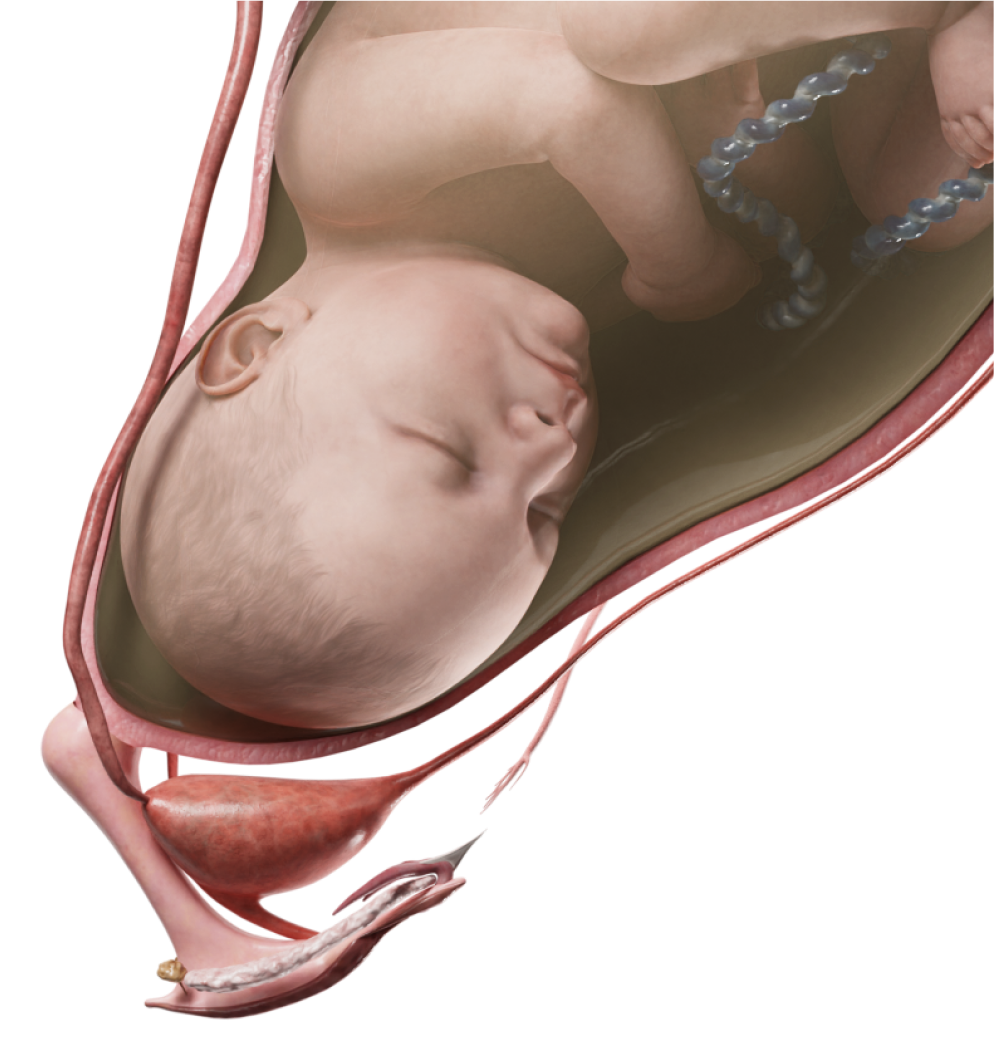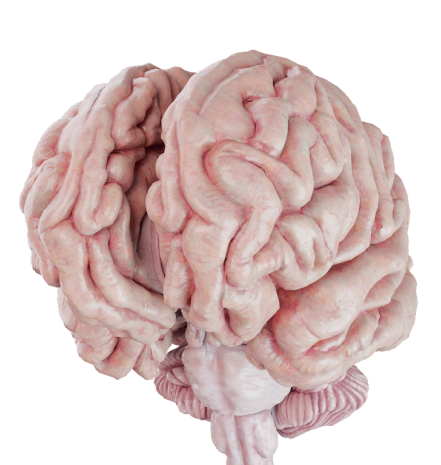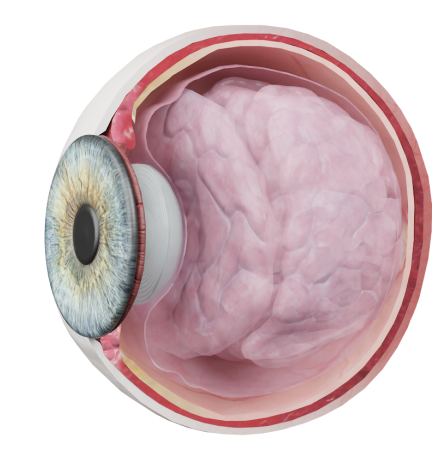Congenital anomalies of external ear
Congenital anomalies of the external ear include a variety of birth defects that affect the structure of the auricle or the external acoustic meatus, also known as the external auditory canal (EAC)
External ear injuries This category of injuries encompasses any mechanical damage to the auricle (also known as the pinna) and the external acoustic meatus (also known as the external auditory canal)
Infectious diseases of external ear Infectious diseases of the external ear include a variety of infection-induced inflammatory disorders of the auricle and the external acoustic meatus, also known as the external auditory canal (EAC).
Noninfectious disorders of external ear This group covers any disorders of noninfectious origin that is not yet clear. Typically, they tend to occur without any evident cause
Middle and internal ear injuries Middle and internal ear injuries refer to structural and functional damage to these parts of the ear
Ear tumors Atheroma of the earlobe, Cutaneous horn, Basal cell carcinoma (BCC) of the auricle, Squamous cell carcinoma (SCC), Glomus tumor, Congenital cholesteatoma, Vestibular schwannoma (VS)
Infectious diseases of external nose This category encompasses any conditions of the external nose skin that are associated with bacterial infections and conditions conducive to their development.
Nose injuries Fracture of Nasal Bones (incl. Johnson, 2013), Nose Injuries Involving Compromised Skin Integrity, Nasal Contusion Hemosinus (Hematosinus),
Thermal Nasal Injuries (Burns), Thermal Nasal Injuries (Frostbites).
Consequences of nose injuries This category encompasses pathological conditions that arise from disruptions in the anatomical integrity of nasal structures following any type of mechanical impact on the tissues
Nosebleeds Nosebleeds, or epistaxis in medical terms, may occur when a vessel inside the nasal cavity is damaged or its permeability is decreased. This is the most common type of bleeding.
Foreign bodies in nose and paranasal sinuses Foreign bodies in the nose and the paranasal sinuses refer to any pathological substances originating from external sources and ends up in the nasal cavity and the paranasal sinuses
Rhinitis Rhinitis is an inflammation of the nasal mucosa that encompasses several distinct forms
Diseases of nasopharynx Adenoid hypertrophy, Hypertrophy of torus tubarius, Adenoiditis
Hypertrophy of palatine tonsils Hypertrophy of the palatine tonsils (HPT), also known as tonsillar hypertrophy, is an enlargement of the lymphatic tissue bundles located on each side of the oral cavity between the palatopharyngeal and the palatoglossal arches
Foreign bodies in pharynx Primary care physicians encounter foreign bodies in the pharynx on a daily basis. This condition occurs when a foreign object inadvertently becomes lodged in a part of the pharynx










